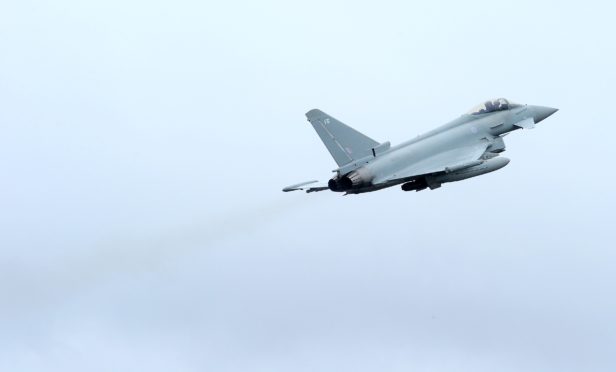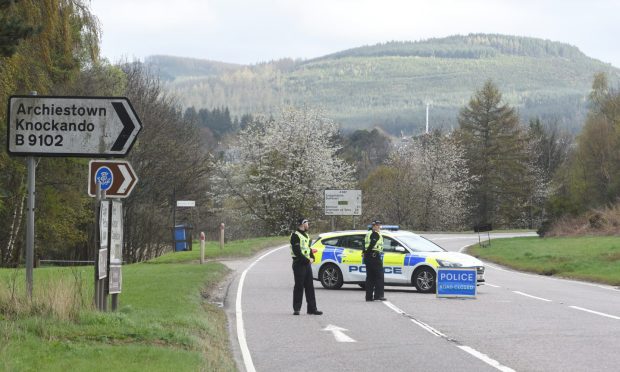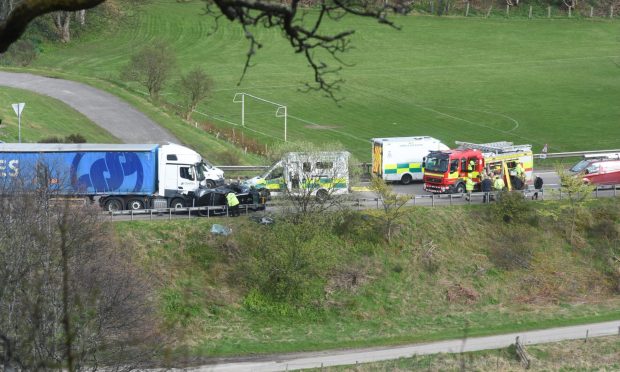Two RAF fighter jets came within feet of each other over a Scottish airbase in an incident rated as a “high risk” by the body that investigates near misses.
Investigators said “a serious risk of collision had existed” above Lossiemouth, saying the aerodrome controller’s clearance was open to misinterpretation.
The separation recorded between the two aircraft was just 80 feet vertically and 190 feet horizontally.
Both Typhoons were at 500 feet coming in to land at Lossiemouth in Moray when the incident happened at 4.38pm on December 19. At least one of the jets was doing 190 knots (218.6 mph).
It occurred during an exercise involving a number of Typhoons.
>> Keep up to date with the latest news with The P&J newsletter
The second Typhoon pilot said he was returning to Lossiemouth when he suffered radar problems.
Unknown to him at the time, his leader had flown a slightly wider circuit and was therefore out to the right-hand side at that point – and the lights he could see belonged to another Typhoon, not his leader.
He began a climb while at the same time seeing another aircraft – his leader – directly in his previously planned flightpath.
The first Typhoon pilot said he was following another pair of Typhoons [Typhoons A and B].
The report found it was difficult to maintain situational awareness on his position in the landing circuit because of the dark conditions and the fact that this was the first time that he had flown a particular runway pattern at night.
A report to the UK Airprox Board, which investigates near misses, said: “He called finals with the intention to land and tower replied with an incorrect sequencing.
“They stated that there was one aircraft ahead of him when in fact there were two ahead, Typhoon A on short final and Typhoon B halfway around his final turn.
“This confused him, but he was comfortable to continue because he could see two aircraft ahead. “Approximately halfway around the final turn he heard what sounded like an aircraft engine which rapidly increased in volume. This was the first indication that something was wrong.
“He looked to the high three o’clock position and saw an aircraft flying very close to him on a parallel heading with slight overtake.
“His perception was that it was directly above him but appeared over his right wing because he was in a left-hand bank. He levelled out and diverged from the other aircraft.
“He couldn’t climb because of the proximity of the other aircraft so he descended slightly, to approximately 400ft, broke off the approach and continued out to the east, away from the visual circuit.”
The board said that although it agreed that there had been a series of cumulative factors that had led to the incident, it was “struck by the fact that, having lost sight of, and formed a flawed mental model about the position of his leader, it had been the reinforcement of that model by the ambiguous radio telephony phraseology that had been a key element in the chain of events.”
“In the board’s opinion this ambiguous terminology was fundamentally flawed and had unsurprisingly reinforced Typhoon(2) pilot’s incorrect mental model as he interpreted it.”










